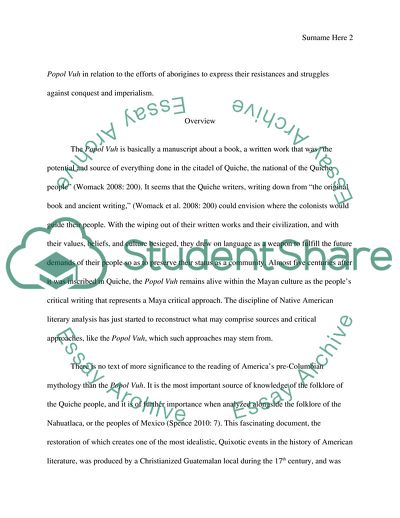Cite this document
(The Popol Vuh Essay Example | Topics and Well Written Essays - 2250 words - 2, n.d.)
The Popol Vuh Essay Example | Topics and Well Written Essays - 2250 words - 2. https://studentshare.org/history/1799273-the-popol-vuh
The Popol Vuh Essay Example | Topics and Well Written Essays - 2250 words - 2. https://studentshare.org/history/1799273-the-popol-vuh
(The Popol Vuh Essay Example | Topics and Well Written Essays - 2250 Words - 2)
The Popol Vuh Essay Example | Topics and Well Written Essays - 2250 Words - 2. https://studentshare.org/history/1799273-the-popol-vuh.
The Popol Vuh Essay Example | Topics and Well Written Essays - 2250 Words - 2. https://studentshare.org/history/1799273-the-popol-vuh.
“The Popol Vuh Essay Example | Topics and Well Written Essays - 2250 Words - 2”. https://studentshare.org/history/1799273-the-popol-vuh.


